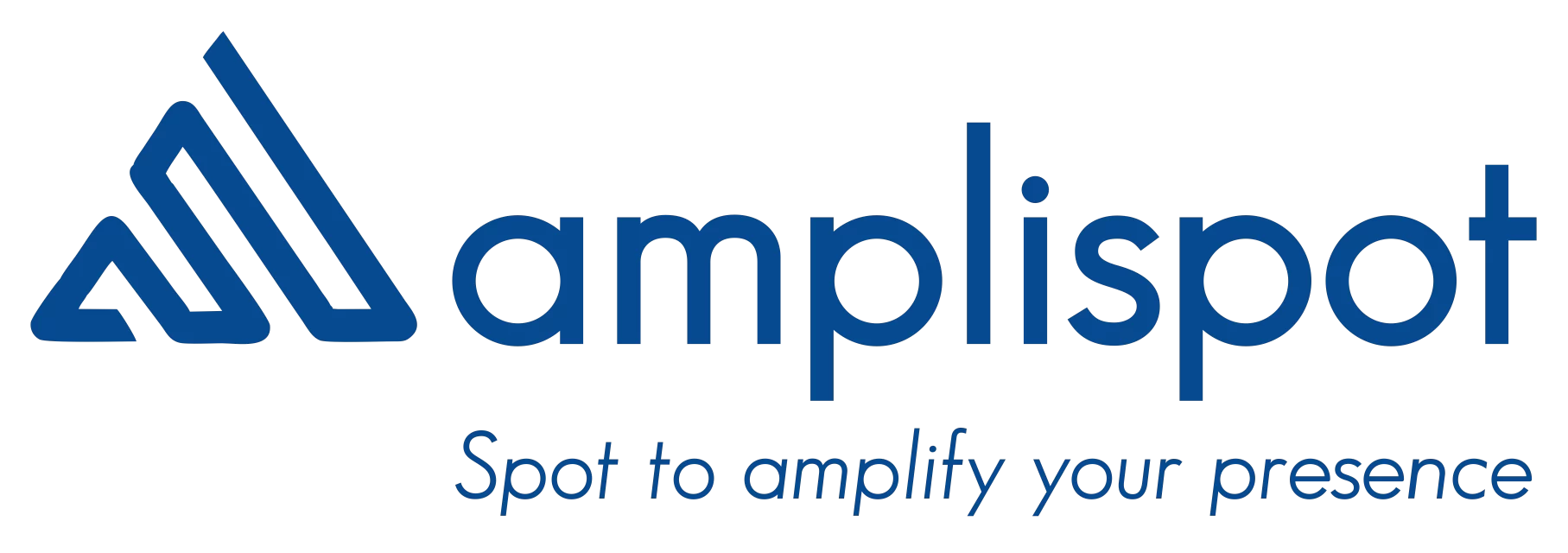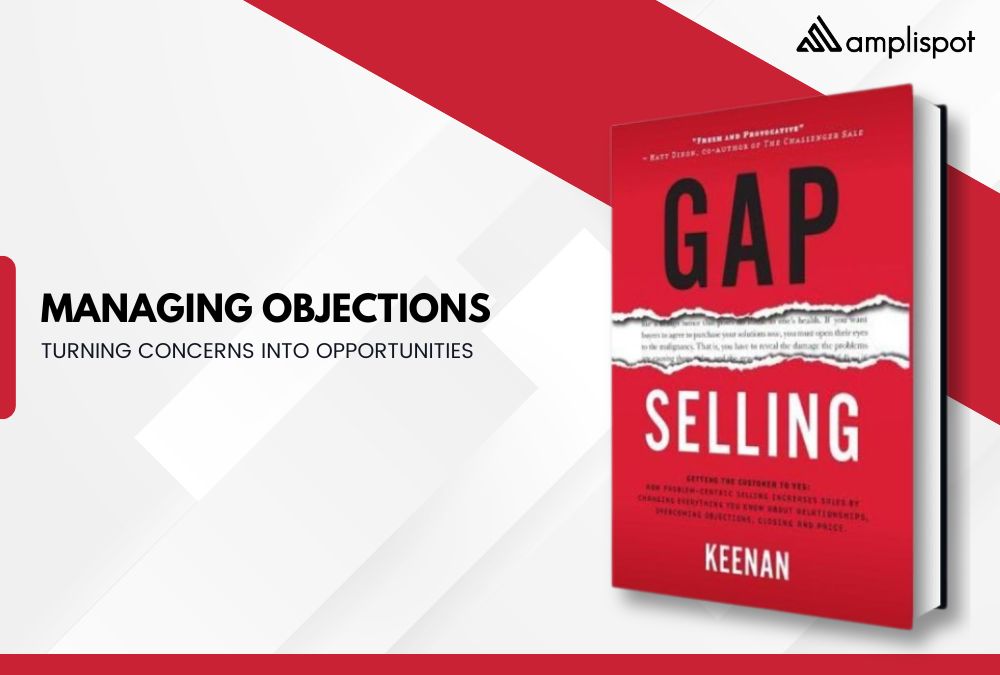Chapter 8
1. Understanding the Nature of Objections
a. Sources of Objections
- Misalignment: The buyer can’t yet see how your solution ties to their unique problems. This usually happens when the seller hasn’t yet fully uncovered or explained the impact of the buyer’s Current State and how the Proposed Future State solves their challenges.
- Lack of Clarity: The buyer doesn’t yet grasp the urgency of fixing the problem. They may not see the costs of inaction or understand how this solution aligns with their strategic objectives.
b. Common Misconceptions about Objections
- They are not personal rejections: Objections typically don’t reflect dislike of the salesperson. Rather, they emerge from legitimate business concerns.
- They are signals, not stop signs: If someone objects, it usually means they are engaged but need more clarity or reassurance.
By shifting your perspective and viewing objections as helpful signals instead of personal barriers, you create space for deeper, more meaningful sales conversations.
2. Reframing Objections as Opportunities
Keenan’s approach in Gap Selling emphasizes that an objection is a platform to:
- Clarify Misunderstandings: Detect where confusion might exist and address it directly.
- Reinforce the Gap: Revisit the difference between the buyer’s Current State and the Desired Future State, thereby reinforcing urgency and value.
- Build Trust: Demonstrate empathy. When you acknowledge objections respectfully, you position yourself as a partner invested in the buyer’s success.
a. The Role of Empathy
Empathy isn’t just about saying “I understand”—it’s about showing you understand. When you articulate the buyer’s concerns accurately, they feel heard and valued, which increases trust and opens the door for honest dialogue.
b. The Power of Questions
As soon as you hear an objection, your first step isn’t to “counter” but to probe. Powerful questions (“Could you elaborate on why you feel that the cost is too high?”) encourage the buyer to reveal the real reasons behind the hesitation. Often, the initial stated objection is just the tip of the iceberg.
3. Why Effective Objection Handling is Crucial
a. Strengthening the Case for Change
Repeatedly anchoring the conversation on the buyer’s pain points and the consequences of doing nothing reminds them that an unresolved problem remains costly (financially, operationally, or strategically).
b. Demonstrating Understanding
When you address objections with depth and context, you differentiate yourself from a stereotypical “product pusher.” You show that you care about the buyer’s environment, challenges, and constraints.
c. Moving the Sale Forward
As you handle objections convincingly, the buyer becomes more comfortable. Confidence in your solution translates to momentum and shortens the path to the close.
4. Detailed Steps to Manage Objections
1. Listen Actively and Seek Clarity
- Ask clarifying questions: “What specifically about our proposal feels too complex?” or “Can you help me understand your timeline concerns in more detail?”
- Avoid assumptions: Let the buyer define the real issue before you propose any solutions.
2. Revisit the Gap
- Quantify the impact: Reflect back the numbers, metrics, or consequences of inaction that you established earlier in the conversation.
- Paint the picture: Tie the objection to the broader storyline: how will ignoring this concern keep them stuck in their Current State?
3. Acknowledge and Empathize
- Use validating language: “I hear you; that’s a valid concern. Many of our clients felt the same way initially.”
- Demonstrate you’re on their side: Show that you’re not just challenging them but rather helping them achieve their goals.
4. Provide Evidence and Data
- Use relevant proof points: Share ROI calculators, case studies from similar companies, or cost-benefit analyses.
- Focus on outcomes: Instead of just saying “It works,” demonstrate how it has worked for others and the results they achieved.
5. Turn Objections into Learning Opportunities
- Ask for suggestions: “If this aspect of the solution feels off, what would make it more aligned to your needs?”
- Surface hidden priorities: Sometimes the buyer’s real issue may be resource allocation or internal politics. Asking open-ended questions can illuminate these hidden layers.
5. More Examples of Common Objections and Handling Techniques
Objection: “We need to run this by our executive team.”
- Validate: “Absolutely. Decision-making often involves multiple stakeholders.”
- Revisit Gap: “Could you share the top concerns your executives might have about solving (X problem)? How does that align with the urgency you’ve expressed?”
- Offer Support: Provide any necessary documentation, ROI slides, or a bullet-point rationale they can easily share internally.
Objection: “We’re concerned about ROI.”
- Clarify: “What ROI metrics matter most to you—cost savings, revenue growth, or productivity gains?”
- Respond with Evidence: “Companies of a similar size saw a 25% reduction in overhead within the first year.”
- Reinforce Gap: “Without fixing this, your team will continue to lose time/money, impacting overall profitability.”
Objection: “We’re evaluating multiple vendors.”
- Acknowledge: “That makes sense; it’s good to consider all options.”
- Differentiate: “What specific criteria will you use to distinguish the right solution from the rest?”
- Return to the Gap: “Based on our earlier conversation, you’re looking to reduce manual errors by 40%. Let’s see if others can match that outcome with proven data.”
6. Real-World Implementation Tips
- Preparation is Key
- Before any meeting, list possible objections based on the buyer’s industry, size, and pain points. Have data or proof on hand to tackle them.
- Before any meeting, list possible objections based on the buyer’s industry, size, and pain points. Have data or proof on hand to tackle them.
- Use Role-Playing
- Practice common objections with teammates. The more comfortable you are with phrasing, the easier it is to respond authentically.
- Practice common objections with teammates. The more comfortable you are with phrasing, the easier it is to respond authentically.
- Document Past Wins
- Keep a folder of successful case studies, relevant statistics, and short testimonial clips. Quick access to these boosts confidence and credibility.
- Keep a folder of successful case studies, relevant statistics, and short testimonial clips. Quick access to these boosts confidence and credibility.
- Maintain the Dialogue
- If an objection feels unresolved, schedule a follow-up call or meeting specifically to address it in-depth rather than rushing to patch it.
- If an objection feels unresolved, schedule a follow-up call or meeting specifically to address it in-depth rather than rushing to patch it.
- Stay Curious
- Every objection has a story behind it—internal processes, past failures with other vendors, budget constraints, etc. The more you understand the “why,” the more precisely you can respond.
7. Lessons and Final Insights
- Objections as Indicators of Engagement
- Silence from a prospect isn’t always good. Objections can be signs they’re paying attention and considering your solution.
- Silence from a prospect isn’t always good. Objections can be signs they’re paying attention and considering your solution.
- Always Tie Back to the Gap
- This is the centerpiece of Gap Selling. Every response should remind the buyer of what happens if they do—or don’t—solve their current problem.
- This is the centerpiece of Gap Selling. Every response should remind the buyer of what happens if they do—or don’t—solve their current problem.
- Evidence Over Opinion
- Whenever possible, rely on metrics, case studies, and testimonials. These real-world examples reduce uncertainty better than generic promises.
- Whenever possible, rely on metrics, case studies, and testimonials. These real-world examples reduce uncertainty better than generic promises.
- Continuous Learning
- Each objection you face is a chance to refine your understanding of the market and your solution. Integrate feedback to strengthen future pitches.
- Each objection you face is a chance to refine your understanding of the market and your solution. Integrate feedback to strengthen future pitches.
- Collaboration vs. Confrontation
- Objection handling isn’t an argument to be “won.” It’s a dialogue to ensure alignment. The goal is to move from me vs. you to us vs. the problem.
Key Reflection Questions
- Have I thoroughly uncovered the buyer’s Current State and desired outcomes before addressing objections?
- Am I using objections to deepen my understanding of the buyer’s situation or just trying to push a sale?
- Do I have relevant, concise, and compelling data to address common objections?
- Am I consistently showing empathy and partnership rather than a purely transactional mindset?
In Gap Selling Chapter 8, Keenan underscores that objections are not dead ends; they are launch pads for deeper engagement. By treating objections with empathy, backing your responses with credible data, and continually mapping them to the buyer’s Gap, you effectively demonstrate both value and understanding. This transforms what might feel like a hurdle into a constructive step forward in the sale.
When you master this reframing, objections become less about “why this won’t work” and more about “how can we make this work together.” Ultimately, each objection is an opportunity to refine the conversation, build confidence, and reinforce the partnership needed to close the gap—and close the sale.



